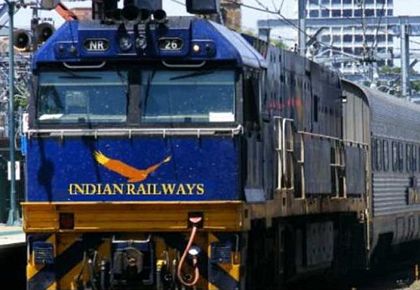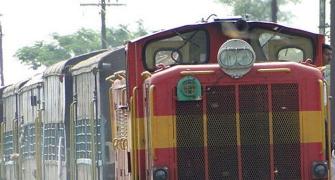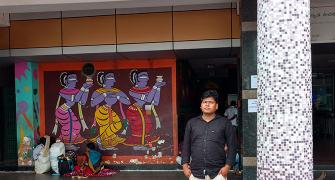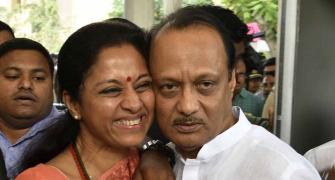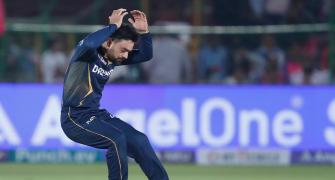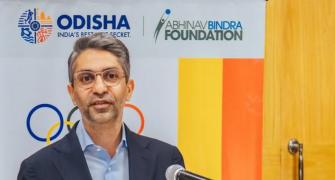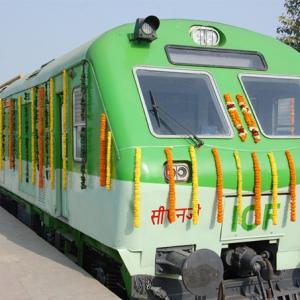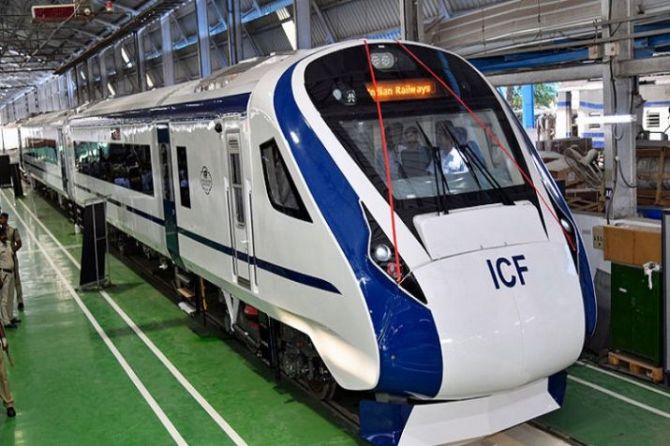The decision to unify the existing eight Group A services of the Railways into a common officer cadre, to be called Indian Railway Management Service, is one of the biggest changes to have occurred in the government structure, its scale bigger than the lateral recruitment of 10 joint secretary-level officers to various economic ministries that was carried out in 2018, reports Subhomoy Bhattacharjee.
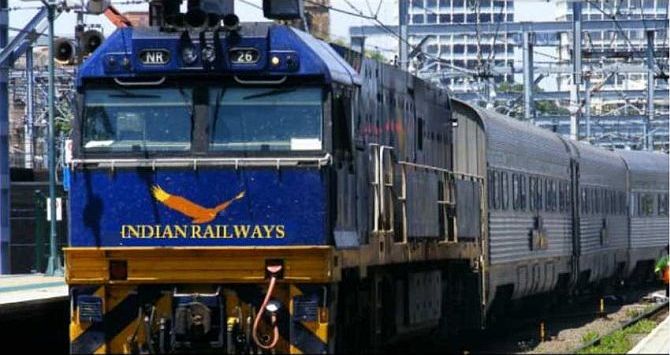
Would the Railway Board want to present its new look to the world when the Railway float sails down Rajpath this Republic Day?
It has issued advertisements for agencies to design those.
It might have to ask those agencies to change the theme after the Cabinet decided to unify the existing eight Group A services of the Railways into a common officer cadre, to be called Indian Railway Management Service.
The unification is one of the biggest changes to have occurred in the government structure, affecting its largest departmental undertaking.
The scale of the change is bigger than the lateral recruitment of 10 joint secretary-level officers to various economic ministries that was carried out in 2018.
The visible impact of that move was limited to business circles and top government officers.
The merger of cadres in railways will have a far larger demonstration effect, especially in smaller towns.
There are about 1.36 million railway employees in the Centre's civilian employee list.
Every third government employee is from the railways.
And across all railway colonies, it was clear who were the first among equals -- enjoying a host of benefits.
If it succeeds, expect similar changes in other Group A services too.
The two arms of the revenue service, direct and indirect is a prime candidate, besides a host of accounts services.
The merger of cadres, while it affects only about 12,000 Group A officers, who lead this "army", creates a far larger noise.
As Railway Minister Piyush Goyal announced, the officers' associations had agreed to it at their "Manthan" meeting this month.
They were sort of caught on the wrong foot.
Days before, they had sent up a joint thank you letter to the minister for having approved their delayed promotion to the higher administrative grade, putting them on par with their colleagues in the IAS.
So when the secretary of the railway board apparently asked for the signature from the officer-bearers, they had to fall in line.
It is expected that the switchover will take about a year to be completed.
Once it is done, the century-old rivalry between the cadres will become history.
Within the Railways, the most coveted service is the Indian Railway Traffic Service, whose officers are recruited from the combined civil services examination along with their colleagues to Indian Railway Accounts Service and Indian Railway Personnel Service.
The IRTS officers came from much higher position in the merit list.
Now the services will be indistinguishable.
They will also be indistinguishable from the officers recruited through the parallel engineering services examinations to the engineering departments.
All of them will now be part of the same Indian Railway Management Service.
Most probably the nature of the recruitment will itself change as there will be no reason to have two different examinations.
There will be no accusations of one service stealing a march over the others in terms of promotion avenues.
But it could leave the millions of employees down below somewhat crestfallen.
For decades station master or store keepers who keep India's largest infrastructure service moving had fancied their chances of joining the lower grades of the IRTS officers at the end of their service career.
It was like getting to be an IAS officer as a promoted officer.
Those might change, since a common cadre of officers will demand more interdisciplinary skills to succeed and is likely to have less avenues for those from below.
At one stroke, a caste-like hierarchy so endemic to the Railways has been abolished.
As the Bibek Debroy committee had suggested: "The railways will be however free to deploy these officers in the initial stages, if necessary, in keeping with their academic\functional specialisation, even though job rotation will be the watchword".
The Railways are on the way to become a more horizontal organisation.
